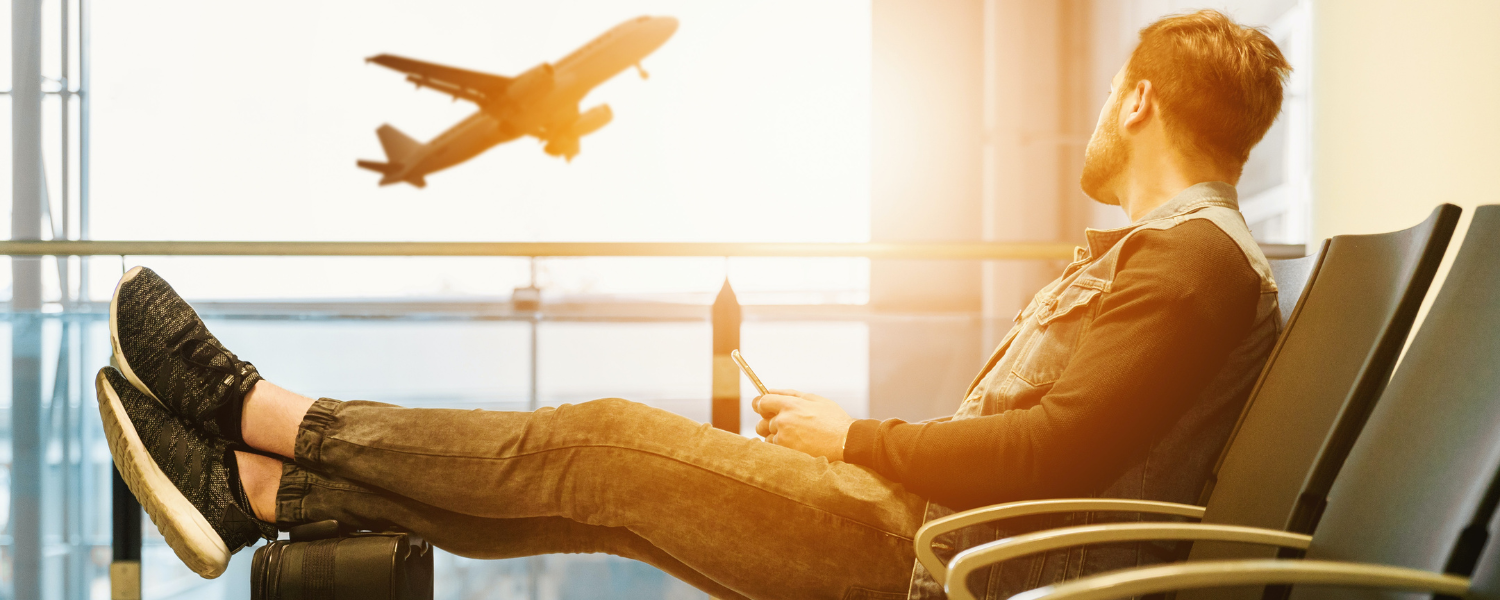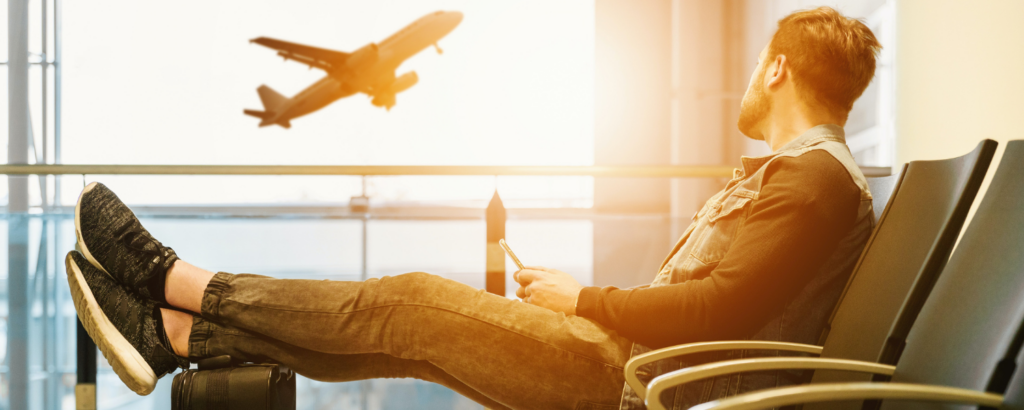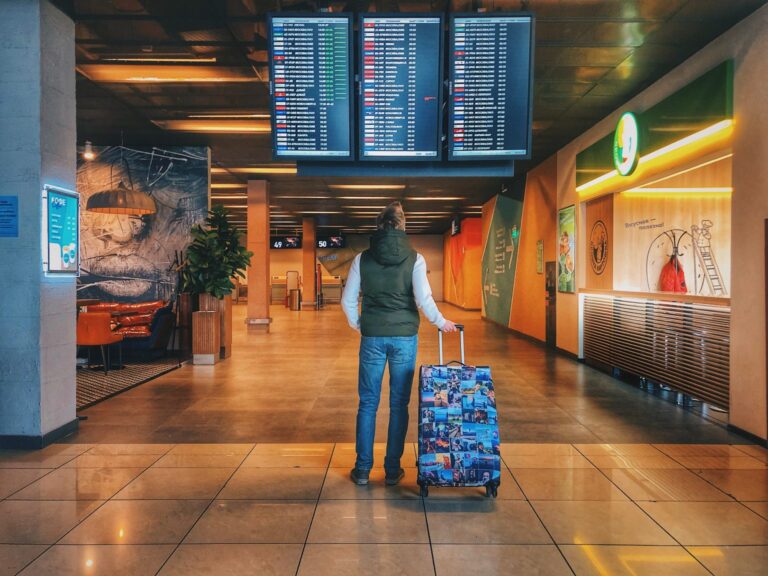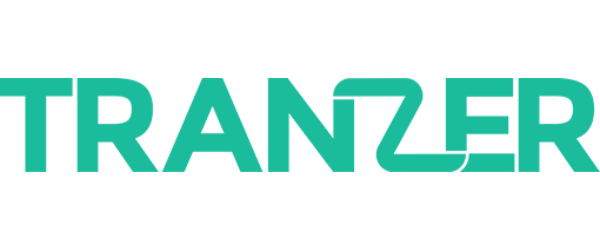
Connecting the dots: What will enable door-to-door mobility in 2023?
The unanswered question from 2020 and 2021 “what will mobility look like when restrictions will finally be lifted?” is slowly being answered. International travel is picking up again as tourism is skyrocketing, and airports have seen the reality of it this summer. We’ve had about two years to accelerate the development of resistant and sustainable mobility solutions to keep up with changing customer travel needs. The question is, do we already have what it takes to lead consumers into 2023 with smooth and easy travel solutions?
A lot has been done over the past years in terms of mobility development. Cities have adjusted their policies for greener urban movement, many start-ups have expanded their operations across Europe, and hardware solutions like ticket-gates or infrastructure have been optimized. And still, we have some more work to do if we follow today’s trends.
Urbanization, the urgence of the climate crisis, digitization, globalization, they’re all major developments influencing the mobility needs and behavior of people. Consumers are traveling more, and their needs have changed over the past years. They want real-time planning information, easy access to different sustainable mobility services and of course a smooth overall experience when getting from A to B.

A different travel experience
Two industries where this has become very clear are the accommodation and airway industries. Some of the major booking platforms have added countless digital services and tweaks to improve the user experience of their customers. And large parts of this meant extending and improving the travel services they offer on the side.

Although tons of options have been added to many of our biggest platforms, still the full door-to-door flow is often not available. There are some gaps in the journey that can be filled by offering a smart combination of travel modes. Because the customer journey starts already at home, when different destinations are considered, quickly followed by a first scan of flights and accommodation. Information such as ‘how far is the airport from the city center’, or ‘is the hotel close enough to a metro station’, are already part of that first rapid look.
It is within seconds that consumers filter out options that seem inconvenient to them. Options that don’t explicitly tell them in some way that there are no hurdles to worry about when reaching the holiday destination. This explicit information on best options to get to the airport, of how to get tickets to jump on the train from the airport to the city center, or which brand of shared scooters are available, have become vital parts of guiding the customer to make their transaction on the platform.
From airway to door-to-door solution

In the case of airlines, this means that the online flow of services should encompass traditional options as just touched upon. Moving away from simply taxi and trains, towards a combination of modalities will help airway passengers in not having to worry about any part of their door-to-door mobility needs.
And this calls for smart integrations of mobility solutions that are able to suggest the best option to customers, at all times.
Cause we all know that getting to the airport by car may be fine at 4 in the morning, but four hours later you risk being stuck in traffic for a while. Airways that are able to advise their customers different modalities or even routes in real-time, will see customer satisfaction reach new levels.
The same goes for accommodation services which have a job to do when the customer arrives at the airport or train station near their selected stay. Because even the consumers who hop on a shared bike at home every day, may be unaware of the different mobility brands operating abroad. This is where platforms should step in and guide their customers with relevant information and solid, intermodal travel planning.
Connecting data, systems, and passengers
Smart usage of data and interoperable systems can optimize the suggestions for modalities that are made to them. If platforms get to know their customers well, they can come up with the best travel plans for them, whether this is at 4 am on the way to the airport, or at 10 pm getting from the hotel to a nice bar in town.

To make these different transportation systems work together, Tranzer knows just how to do it. Tranzer is the leading European aggregator for ticketing and shared mobility into one API. With just one integration and one contract, any website or app can offer their users easy mobility anywhere in Europe.
They do so by integrating ticketing and booking systems of all modes of ground transportation like long distance trains, local public transport, airport shuttles, shared mobility. Tranzer has integrated these options in Europe’s biggest tourist countries and their cities.
Source: Mobility Makers


